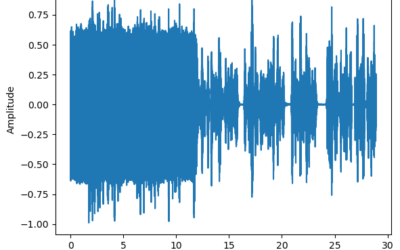Low Rate Initial Production Now Enabled
Lockheed Martin announced on 4 April that the Sikorsky CH-53K KING STALLION programme has successfully completed its Defense Acquisition Board review and achieved a Milestone C decision that enables low rate initial production (LRIP) funding.
“This affirmative Milestone C decision validates the maturity and the robust capability of the KING STALLION in meeting the United States Marine Corps’ [USMC] mission requirements,” Dr. Michael Torok, Sikorsky VP CH-53K Programmes, stated. “This establishes the CH-53K as a production programme and marks another critical step toward our goal of delivering this tremendous capability to the USMC.”
The path to Milestone C included supplier and prime contractor production readiness reviews in 2016, with over 400 flight hours completed to establish aircraft maturity. A USMC Initial Operational Assessment in October 2016 fully established the ability of the KING STALLION to achieve critical mission flight and ground scenarios in the hands of active duty Marines. Overall, post evaluation interviews of aircrew, ground crew and flight surgeons revealed a high regard for the operational capability demonstrated by the KING STALLION.
“We have just successfully launched the production of the most powerful helicopter our nation has ever designed. This incredible positive step function in capability is going to revolutionise the way our nation conducts business in the battlespace by ensuring a substantial increase in logistical throughput into that battlespace,” Col. Hank Vanderborght USMC, Programme Manager for Naval Air Systems Command’s Heavy Lift Helicopters Programme, said.
The CH-53K KING STALLION provides three times the lift of the CH-53E it replaces and, with a 12in wider internal cabin, its increased payloads can range from multiple standard 463L pallets, through an internally-loaded High Mobility Multipurpose Wheeled Vehicle or FENNEK armored personnel carrier, to up to three independent external loads at once. This provides extraordinary mission flexibility and system efficiency.
The KING STALLION, which is also competing for a German heavy lift helicopter requirement, offers enhanced safety features including full authority fly-by-wire flight controls and mission management, reducing pilot workload and enabling the crew to focus on mission execution as the all but flies itself. Other features include advanced stability augmentation, flight control modes that include attitude command-velocity hold, automated approach to a stabilised hover, position hold and precision tasks in degraded visual environments as well as tactile cueing, all of which permit the pilot to focus confidently on the mission at hand. Further, KING STALLION reliability and maintainability exceeds 89% mission reliability, with a smaller shipboard logistics footprint than the legacy CH-53E.
The US programme remains at 200 CH-53K aircraft, the first six of which are under contract and scheduled to start delivery to the USMC in 2018. The first two LRIP aircraft are under long lead procurement for parts and materials, with deliveries scheduled to start in 2020. The Marine Corps intends to stand up eight active duty squadrons, one training squadron, and one reserve squadron to support operational requirements.
The CH-53K KING STALLIONis powered by GE Aviation‘s T408-GE-400 turboshaft engine, and the company expects the LRIP contract to be awarded later this year to support planned CH-53K initial operating capability (IOC) in 2019. The LRIP contract will include logistics support, technical publications and NAVAIR organic support development. The T408 achieved qualification in February 2016 after completing a rigorous series of tests in support of the USMC’s CH-53K heavy-lift helicopter.
“This approval of the Milestone C for the CH-53K by the USMC is an endorsement of the superior capability and production readiness of the King Stallion and the T408 engine,” Paul Acquaviva, T408 Program Director at GE Aviation, explained. “This decision will enable the United States Marines Corps to move the T408 engine into production, providing unprecedented performance for the warfighter.”
Three 7,332-rated shaft horsepower T408 engines will provide the power for the King Stallion, enabling the aircraft to carry a 27,000lbs external load over a mission radius of 110nm in high and hot weather conditions, which triples the external load carrying capacity of the service’s current CH-53E Super STALLION powered by GE Aviation’s T64 engine. The US Navy PoR is for 200 aircraft.
When compared to its predecessor – the T64 turboshaft engine that powers the Super STALLION aircraft – the T408 will provide more than 57% more power, 18% better specific fuel consumption and 63 percent fewer parts. The T408 features a more rugged compressor design to increase durability and resistance to sand erosion and salt water corrosion — features ideal to withstand the Marine Corps’ tough operating environment.
The T408 system development and demonstration phase delivered one core demonstrator engine, five factory test engines and 20 flight test engines to the CH-53K program. The engine has exceeded 7,700 hours of testing, including 4,500 hours in the factory and more than 3,200 operating hours in the ground test vehicle and four flight test vehicles. GE Aviation has shipped 17 SDTA engines so far and is on contract to deliver a total of 22 through 2017.

























